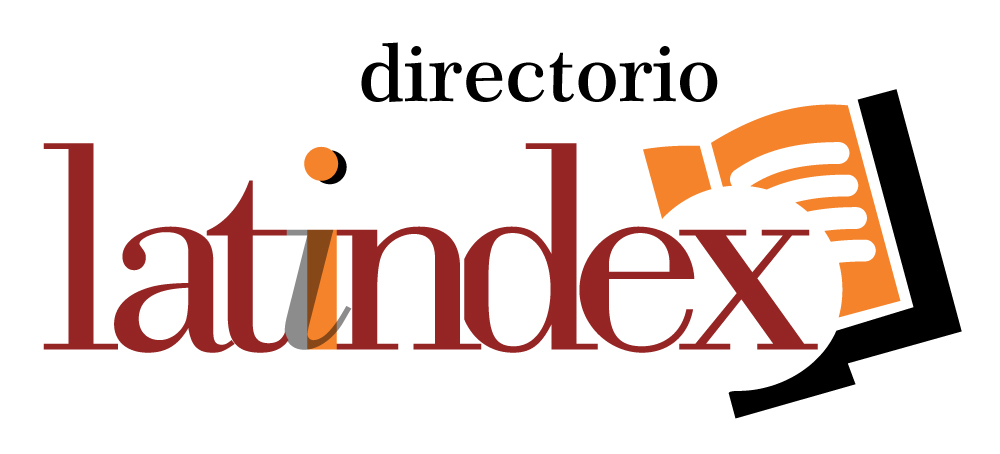Guidelines and instructions for authors
Guidelines and Instructions for Authors
Manuscripts may be submitted as a Research Paper, Review Paper, or Commentary/Perspective.
The Commentary section is intended for the publication of short texts (between 1000 and 2000 words), argumentative and reflective in nature, that offer a critical or analytical perspective on topics relevant to eating behavior. Commentaries may address articles recently published in this or other journals, as well as theoretical, methodological, ethical, clinical, or sociocultural debates related to human or animal eating behavior.
The Perspective section is dedicated to short, thoughtful, and argumentative articles presenting original reflections on emerging, controversial, or conceptually relevant issues in the field of eating behavior. These texts provide the reader with an informed, critical, and innovative view of research lines, methodological approaches, theoretical frameworks, or practical implications that contribute to the advancement of knowledge. Unlike a systematic review or a commentary focused on a specific article, Perspectives provide space for well-founded speculation, interdisciplinary thinking, and the questioning of dominant assumptions, with the aim of stimulating academic debate and the formulation of new research questions.
Research and Review Articles must comply with the following requirements:
-
Length must be between 15 and 40 double-spaced pages (including references, tables, and figures).
-
Contributions are accepted in either Spanish or English.
-
The manuscript must include a resumen in Spanish and an abstract in English, each 200–300 words long.
-
It must include three to five keywords (in both Spanish and English).
-
The title page must include the authors’ names and affiliations (plus email and ORCID), and the full mailing address of the corresponding author.
-
The manuscript must include line numbers.
-
In-text citations and the reference list must follow APA style (American Psychological Association, 7th edition, 2019).*
-
In Spanish articles, words or phrases in languages other than Spanish should be italicized (e.g., slow food, mainstream, ad hoc).
-
Numbers from zero to ten should be written out in words (except when associated with units of measurement, e.g., 5 g, 7 ml, 3 cm). Numbers from 11 onward should be written as numerals.
The following are specific citation and referencing requirements:
IN-TEXT CITATIONS:
-
In-text citations must include the author’s last name and year of publication (both in parentheses and separated by a comma). If the author is mentioned in the narrative, only the year goes in parentheses. (Ramírez, 2004)
-
For two authors, both should always be cited, using an ampersand (&) in English texts or "y" in Spanish. (Ramírez & Martínez-Pérez, 2014) / (Ramírez y Martínez-Pérez, 2014)
-
For works with more than two authors, cite only the first author's surname followed by "et al.", a comma, and the year; if ambiguity arises, add additional authors until the source is clearly identified. In all cases, the full reference should be listed (up to 20 authors). (Rossi et al., 2018)
-
When citing multiple works within the same parenthesis, list them alphabetically, separated by semicolons. (Álvarez & López, 2005; García-Luna et al., 2003)
-
For works by the same author(s) from the same year, distinguish them with letters following the year: (White et al., 2009a, 2009b)
REFERENCE LIST: References must be listed alphabetically at the end of the text.
a) Books: Author (last name, comma, initials, period. For multiple authors, separate with commas, and before the last use "&" in English or "y" in Spanish). Year (in parentheses, followed by a period). Title in italics, followed by a period. Then the publisher (NO location). Add DOI or URL (for ebooks), no period at the end. Examples:
(ENG)
Lezak, M., Howieson, D. B., & Loring, D. W. (2004). Neuropsychological assessment (4th ed.). Oxford University Press.
(ESP)
Lezak, M., Howieson, D. B., y Loring, D. W. (2004). Neuropsychological assessment (4a ed.). Oxford University Press.
b) Edited books: Same author formatting. Editors listed as (Ed.) or (Eds.). Year in parentheses. Title in italics. Publisher, and DOI or URL if available. Examples:
(ENG)
Torino, G. C., Rivera, D. P., Capodilupo, C. M., Nadal, K. L., & Sue, D. W. (Eds.). (2019). Microaggression theory: Influence and implications. John Wiley & Sons. https://doi.org/10.1002/9781119466642
(ESP)
Torino, G. C., Rivera, D. P., Capodilupo, C. M., Nadal, K. L., y Sue, D. W. (Eds.). (2019). Microaggression theory: Influence and implications. John Wiley & Sons. https://doi.org/10.1002/9781119466642
c) Book or proceedings chapters: Authors; year; chapter title. Then "In" (English) or "En" (Spanish) followed by editor(s) (initials and surname), (Ed./Eds.), title of the book in italics, chapter pages in parentheses, and publisher. Examples:
(ENG)
de Wit, H., & Mitchell, S. H. (2009). Drug effects on delay discounting. In G. J. Madden & W. K. Bickel (Eds.), Impulsivity: The behavioral and neurological science of discounting (pp. 213–241). American Psychological Association.
(ESP)
de Wit, H., y Mitchell, S. H. (2009). Drug effects on delay discounting. En G. J. Madden y W. K. Bickel (Eds.), Impulsivity: The behavioral and neurological science of discounting (pp. 213–241). American Psychological Association.
d) Journal articles: Authors; year; article title; journal name in italics; volume in italics; issue in parentheses (no space after volume), and page range. Include the DOI as a URL, no final period. Examples:
Byrne, B. M. (2008). Testing for multigroup equivalence of a measuring instrument: A walk through the process. Psicothema, 20(2), 872–882. https://doi.org/10.1080/02626667.2018.1560449
Grady, J. S., Her, M., Moreno, G., Perez, C., & Yelinek, J. (2019). Emotions in storybooks: A comparison of storybooks that represent ethnic and racial groups in the United States. Psychology of Popular Media Culture, 8(3), 207–217. https://doi.org/10.1037/ppm0000185
e) Theses: Author, year, thesis title in italics, no period at the end. In brackets, specify type of thesis (bachelor’s, master’s, doctoral), then a comma and the university. Lastly, the repository or URL, no final period.
(ENG)
Kabir, J. M. (2016). Factors influencing customer satisfaction at a fast food hamburger chain: The relationship between customer satisfaction and customer loyalty [Doctoral dissertation, Wilmington University]. ProQuest Dissertations & Theses Global.
Zambrano-Vazquez, L. (2016). The interaction of state and trait worry on response monitoring in those with worry and obsessive-compulsive symptoms [Doctoral dissertation, University of Arizona]. UA Campus Repository.
(ESP)
Kabir, J. M. (2016). Factors influencing customer satisfaction at a fast food hamburger chain: The relationship between customer satisfaction and customer loyalty [Tesis doctoral, Wilmington University]. ProQuest Dissertations & Theses Global.
Zambrano-Vazquez, L. (2016). The interaction of state and trait worry on response monitoring in those with worry and obsessive-compulsive symptoms [Tesis doctoral, University of Arizona]. Repositorio del Campus de UA.
f) Other:
-
When a source does not have a DOI, the “Retrieved from” or “Recuperado de” phrase is no longer applicable; simply include the URL. Example:
Walker, A. (2019, November 14). Germany avoids recession but growth remains weak. BBC News. https://www.bbc.com/news/business-50419127 -
When the original version of a cited work (book, chapter, or article) is not in English, the original title should be cited.



